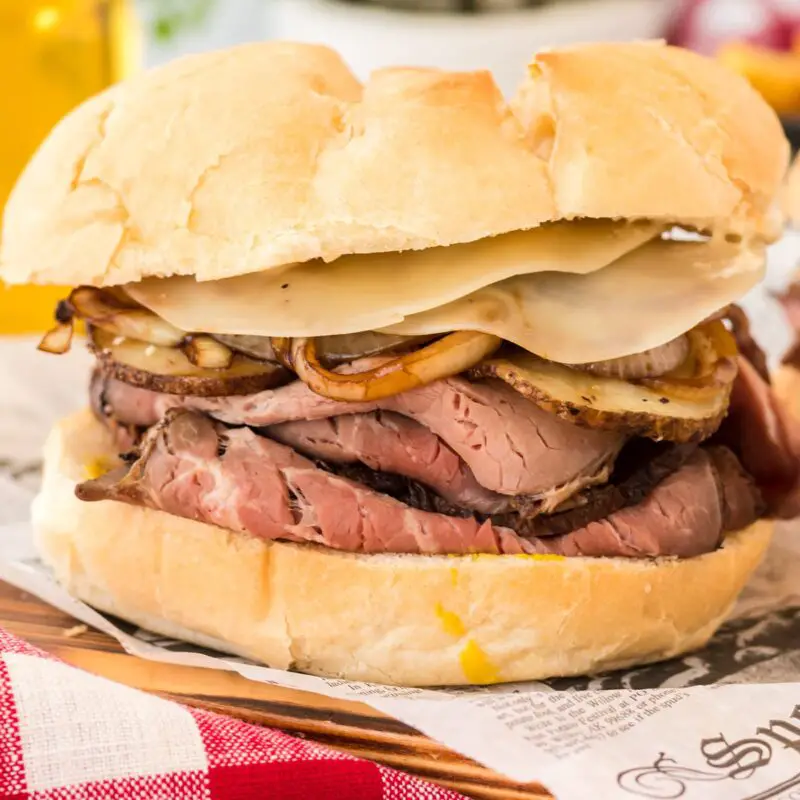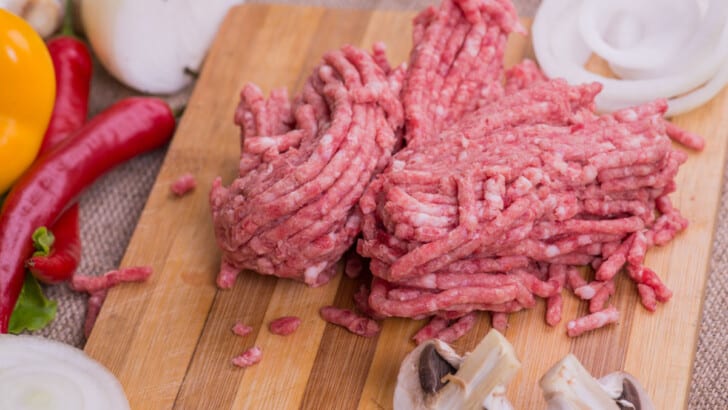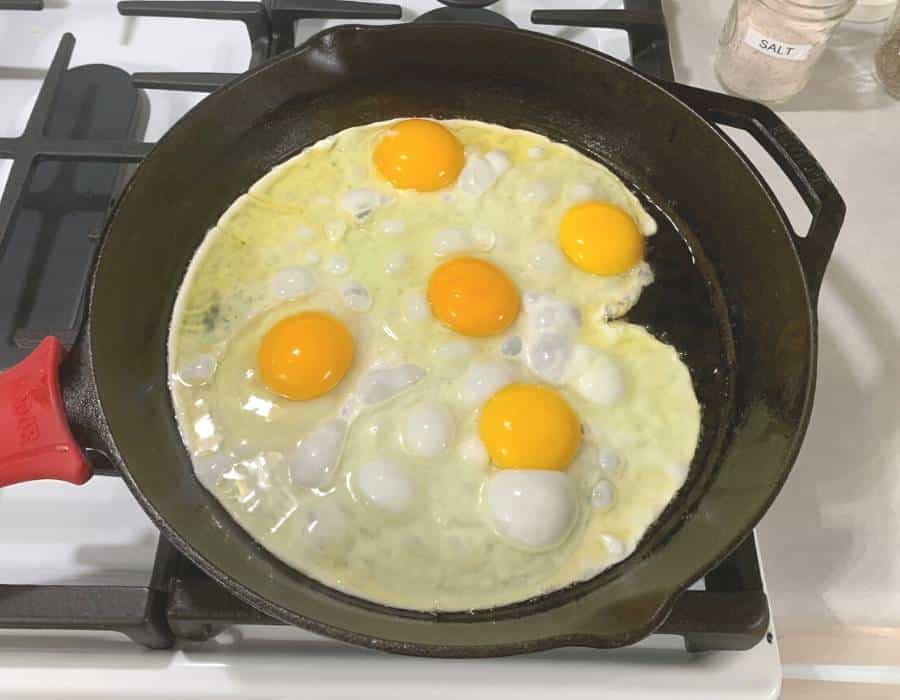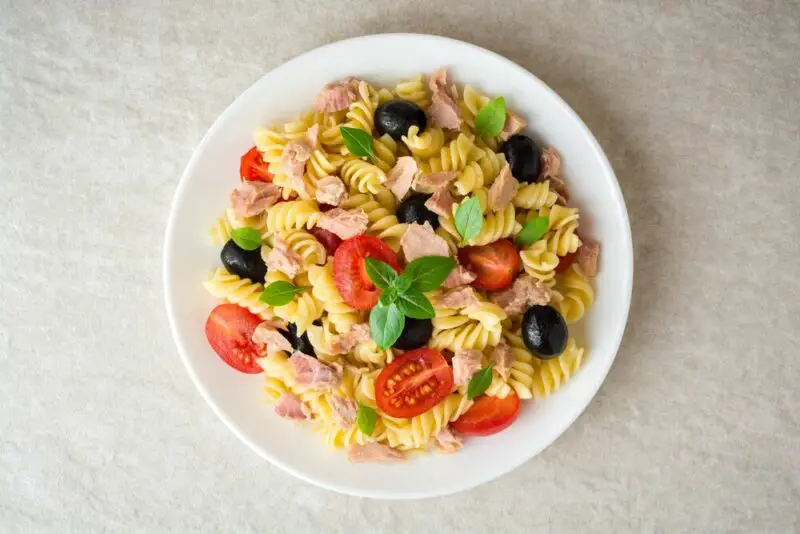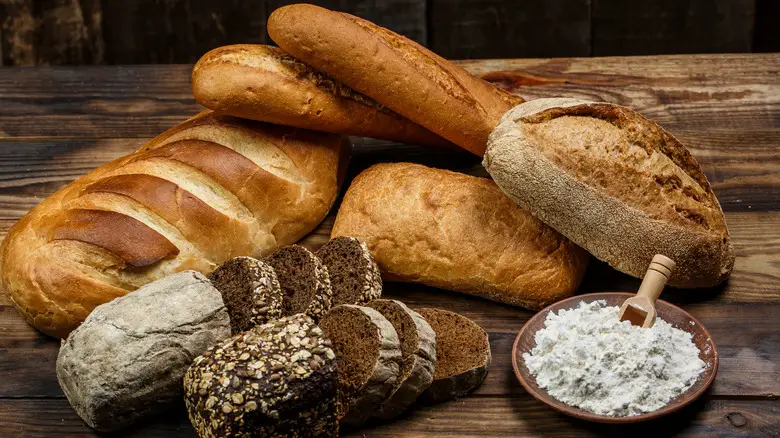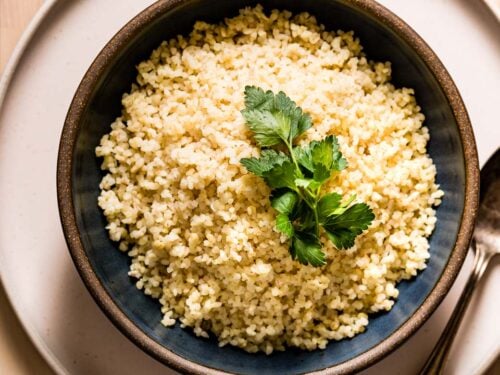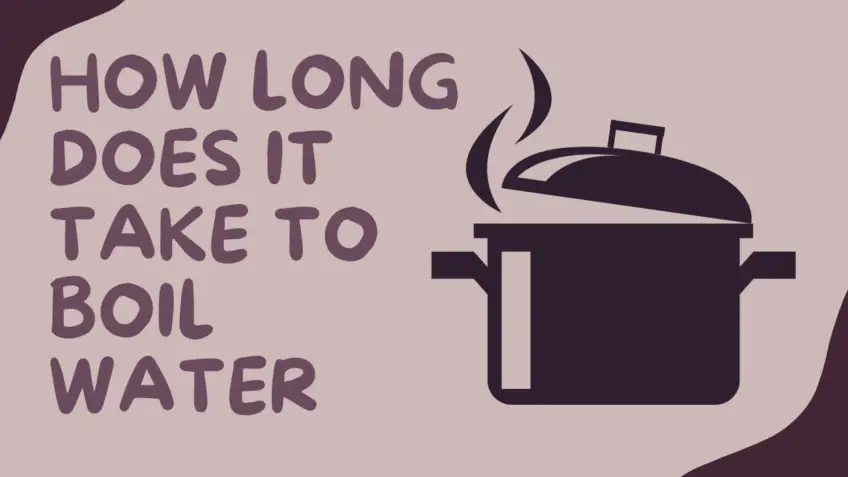Can I Freeze Cooked Roast Beef and Gravy? The Ultimate Guide
Cooked roast beef and gravy is a delicious and satisfying meal that can be enjoyed with friends and family. Whether you’ve just made a large batch of roasted beef and gravy or have leftovers from a special occasion, you may be wondering if you can freeze them.
The answer is yes, you can freeze cooked roast beef and gravy. However, there are several factors you should consider before freezing your leftovers. By following proper freezing and storing techniques, you can ensure that your cooked roast beef and gravy will maintain their quality and taste.
Factors to Consider Before Freezing Cooked Roast Beef and Gravy
Before freezing cooked roast beef and gravy, it’s essential to consider safety concerns that come with freezing cooked food items. Ensuring that the food is fresh before freezing it is one of the crucial steps in the process.
How long can I keep cooked roast beef in the refrigerator?
According to USDA, when storing cooked meat in the refrigerator at temperatures below 40°F (4°C), it’s safe to consume for three to four days.
If you’re not planning to consume your leftover cooked meat within this time frame, it’s advisable to freeze them as soon as possible. Keeping them in the freezer will extend the shelf life up to three months.
How long can gravy be stored in the refrigerator?
The rule of thumb when storing gravy in the refrigerator is about two days. If stored correctly at a temperature between 35-40°F (1.6-4°C), it can last up to four days.
If you have leftover gravy that has been stored in the fridge for longer than four days—It’s best to be cautious and discard it instead of risking food-borne illness.
Proper Techniques for Freezing Cooked Roast Beef and Gravy
The key to freezer success is proper storage techniques. Here are containers options and tips for ensuring proper storage:
Container options
- Plastic container: Plastic containers are stackable, which means that they save space in your freezer. They also come with tight-fitting lids.
- Aluminum foil: Aluminum foil is excellent for wrapping leftovers before freezing. It’s an airtight barrier that provides excellent freezer protection from ice crystals forming on your meat or gravy.
- Freezer bags: Freezer bags are sealable and help protect the meat from getting freezer burn.
Tips to ensure proper storage
- Understanding how much air should be left in the container: When using plastic containers, leave about 1-inch headspace for expansion. This will help prevent the container from breaking as the contents solidify when frozen.
- Labelling: Always label your containers with what you’re storing, date of preparation and use-by-date. This helps you keep track of your meals’ freshness
Steps to freeze cooked roast beef and gravy
- Preparation: Cut up the leftover beef into portions.
- Portioning: Put the meat into containers with lids or sealable freezer bags. Pour small portions of gravy into separate containers.
- Storing: Mark the date on each container or bag, then store them in an area of your freezer that’s kept at a steady temperature.
How to defrost cooked roast beef and gravy safely.
Now that you have stored your cooked roast beef and gravy, the next step is to defrost them safely before reheating and serving.
Plan ahead for defrosting
When it’s time to defrost, remove the container or freezer bag from the freezer. Plan a suitable time ahead to let it thaw in the refrigerator slowly. If you forgot to take it out early enough, use cold water running over the containers or bag instead of exposing it to high temperatures quickly.
Transfer the frozen dishes from the freezer to the fridge or at room temperature.
The slow process will allow for an even defrost without weakening your beef’s texture or making your soup watery. If using a microwave, follow instructions provided by manufacturers for thawing leftovers.
Reheat using preferred method( stove-top, microwave, oven)
After thawing cooked roast beef and gravy, be sure rewrite when you did so on a piece of masking tape affixed atop each container’s lid; then store covered meat back in your fridge overnight before reheating thoroughly, preferably using an oven set no lower than 325°F although microwaving works as well
Quality after Freezing: Safety Tips and Recommendations
The quality of your cooked roast beef and gravy will suffer if not done correctly. It may lead to texture and moisture loss or change in flavor due to ice crystals forming within the meat, causing it to become rubbery or dry.
While it is possible to refreeze previously frozen meat after cooking, doing so carries an increased risk of bacterial growth; we recommend sticking with one freeze/thaw cycle only.
Conclusion
Cooked roast beef and gravy are an ideal comfort food that can be enjoyed year-round. Whether you’re preparing for a special celebration or have leftover roast beef that needs freezing, the key is to follow proper storage guidelines and defrosting techniques.
With this ultimate guide, we hope that you feel confident enough to freeze and thaw cooked roast beef and gravy without sacrificing quality and taste. When done correctly, storing and freezing cooked meat is both safe and convenient.
1. Can I freeze cooked roast beef and gravy?
Yes, you can freeze cooked roast beef and gravy. In fact, it’s a great way to preserve leftovers for future meals.
2. What is the best way to freeze cooked roast beef and gravy?
The best way to freeze cooked roast beef and gravy is by placing them in an airtight container or freezer bag. Make sure you remove as much air as possible before sealing the container or bag.
3. How long can I keep frozen cooked roast beef and gravy?
Frozen cooked roast beef and gravy can be kept for up to 3 months in the freezer. However, it’s recommended to consume them within 1-2 months for better taste and quality.
4. How do I defrost frozen cooked roast beef and gravy?
The best way to defrost frozen cooked roast beef and gravy is by transferring them from the freezer to the refrigerator overnight. Alternatively, you can use the microwave on the defrost setting or place them in a bowl of cold water until thawed. Once thawed, reheat in an oven or microwave until hot.
